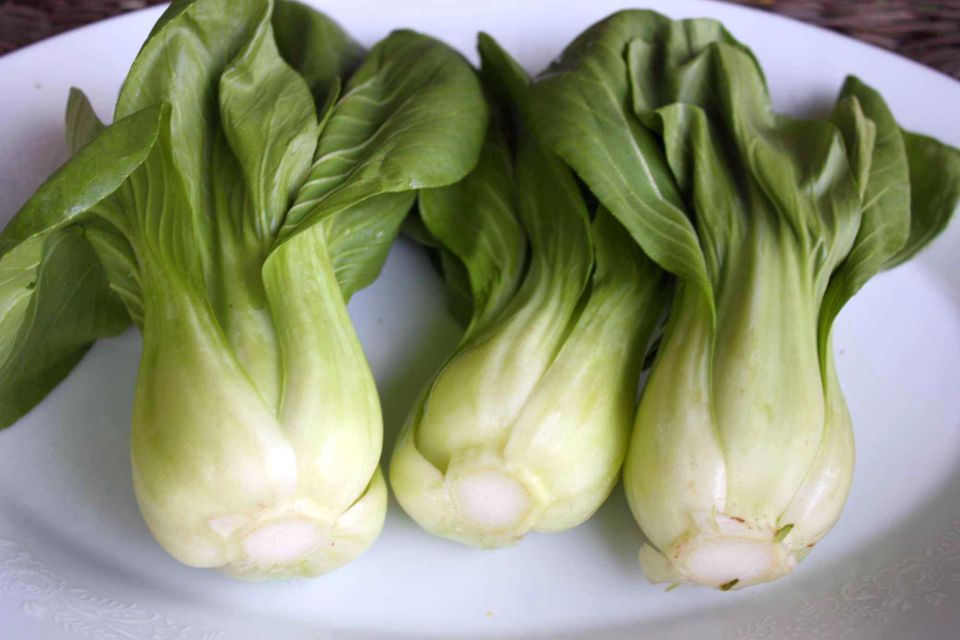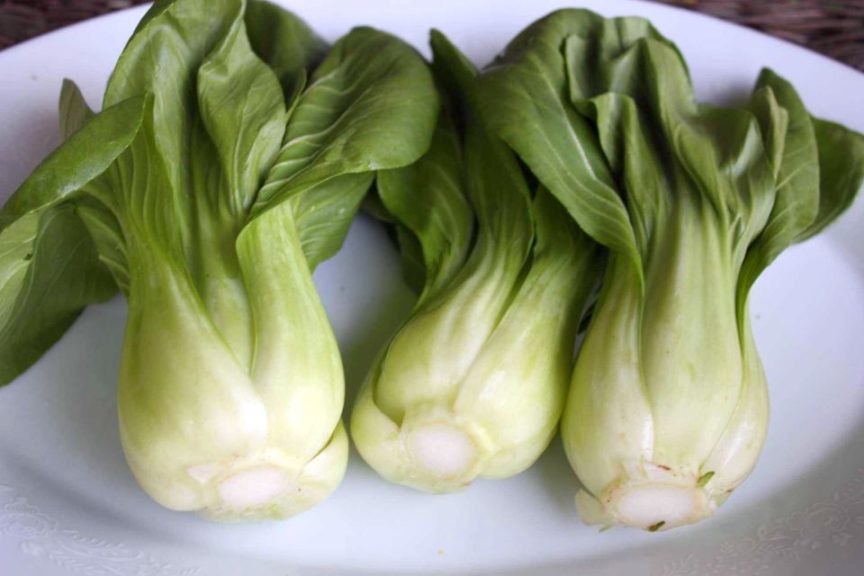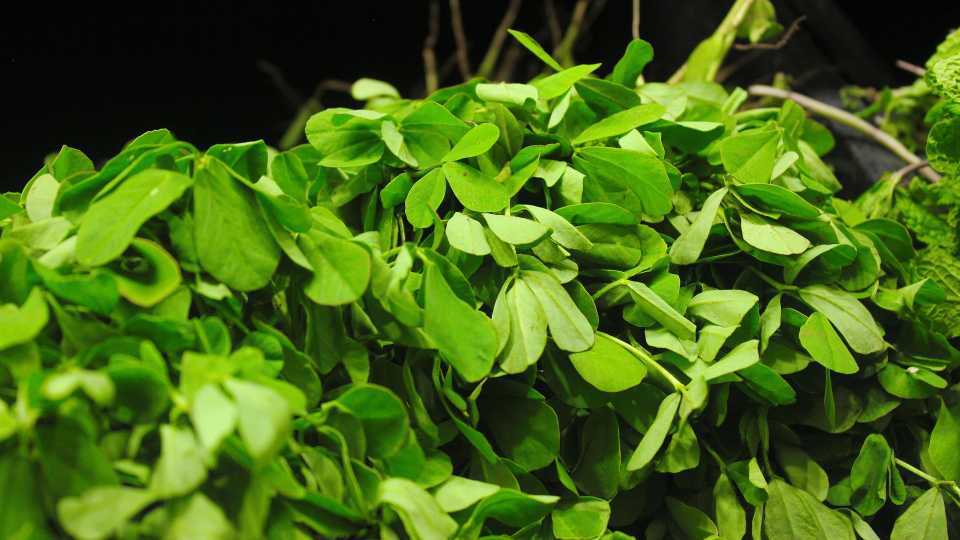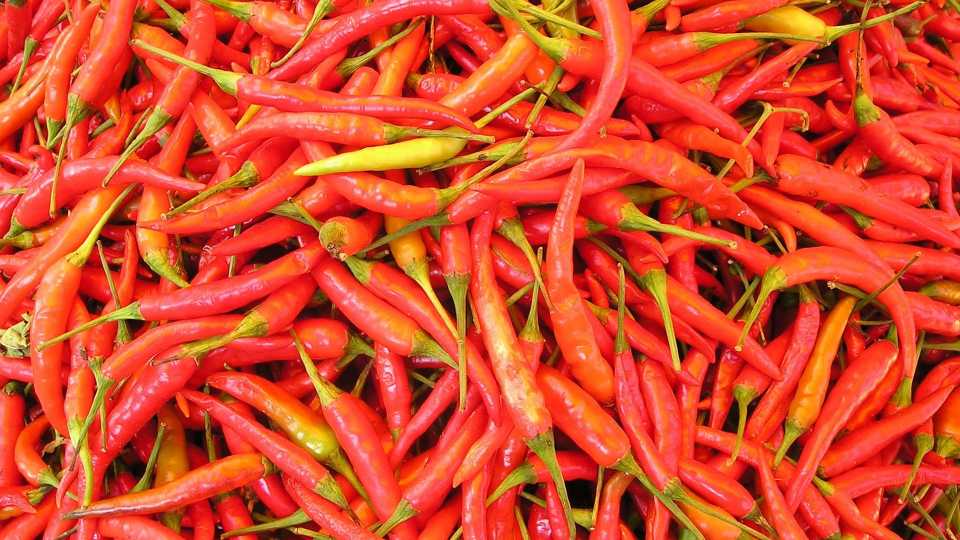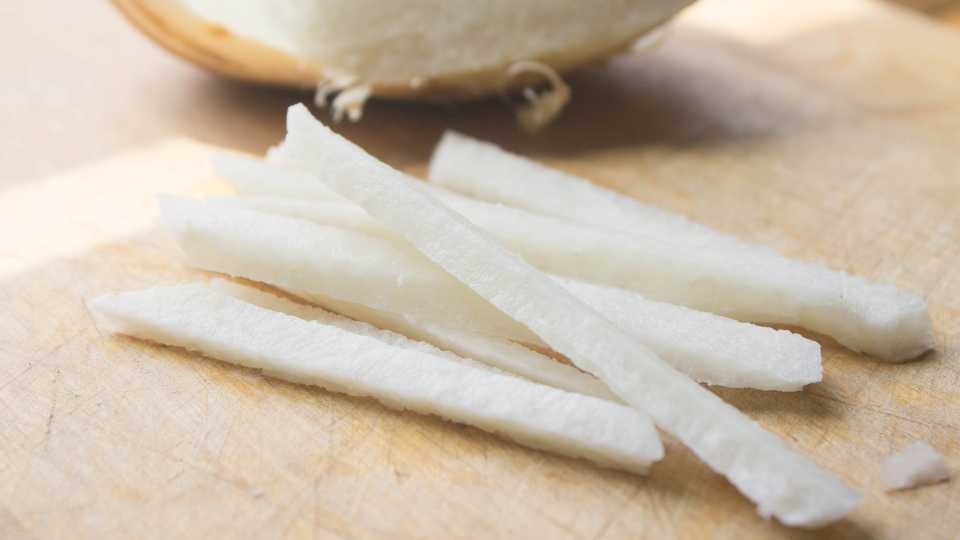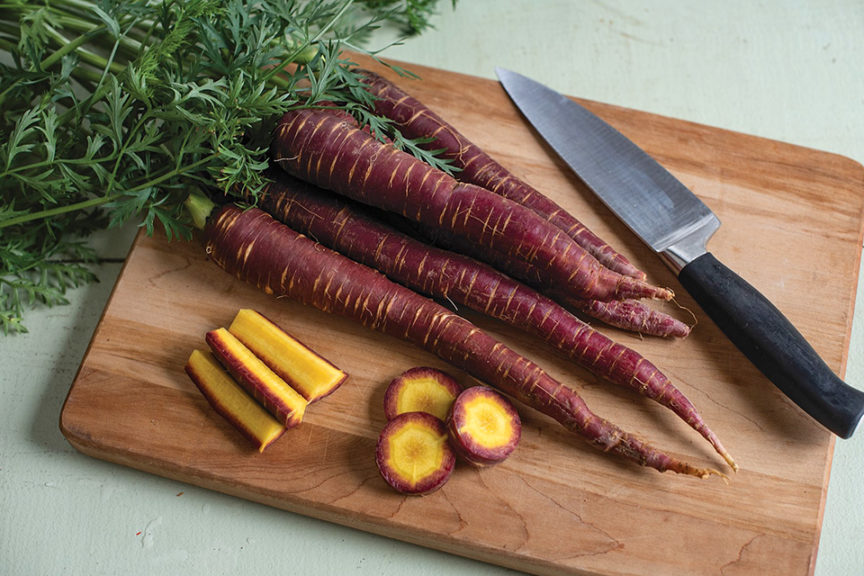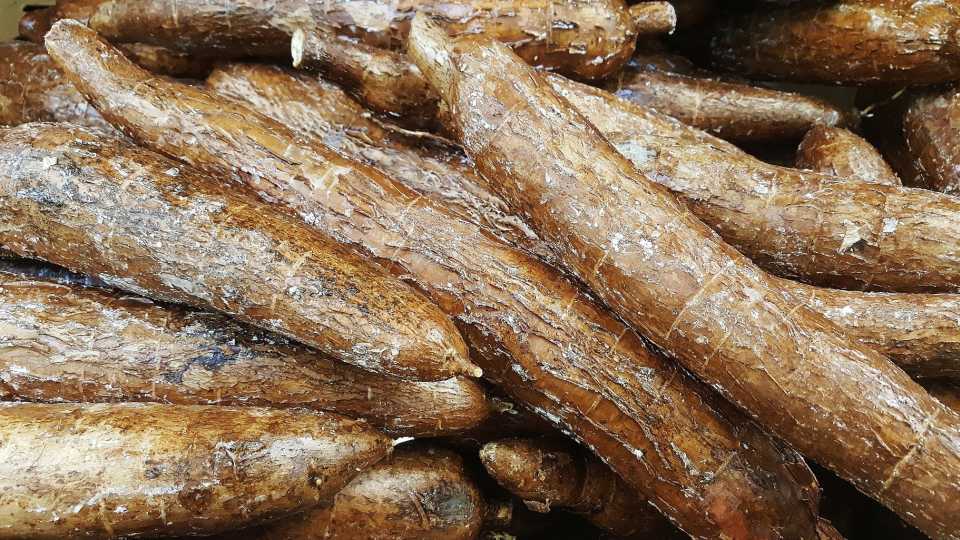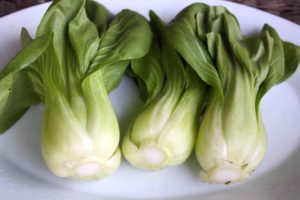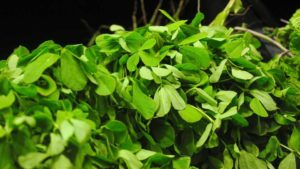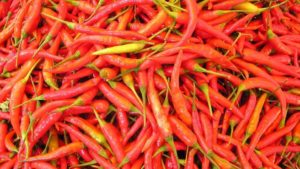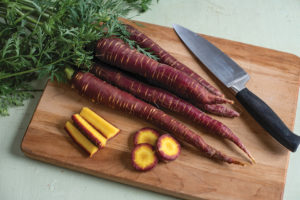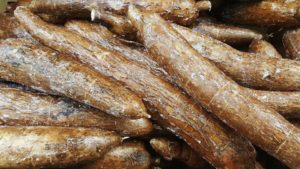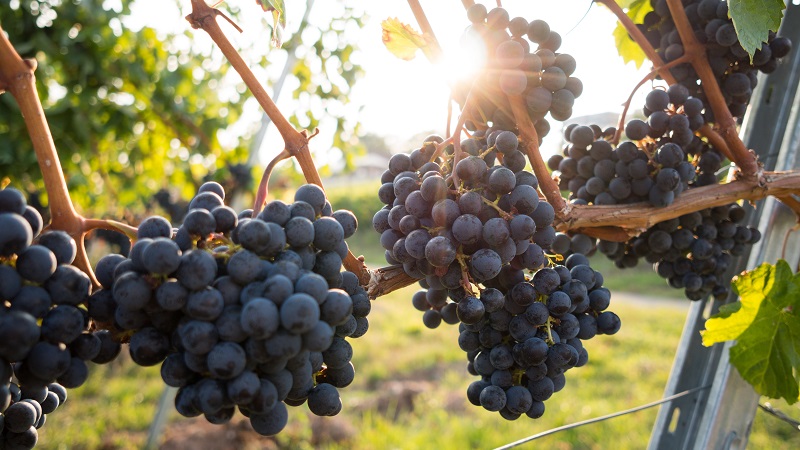Are You Ready for a Whole New Crop of Vegetables?
If you take the time to read through foodie blogs, you’ll find paeans to little known vegetables like fenugreek, cardoon, and kale sprouts. It’s all part of a long-term consumer trend. Not only have Americans focused more on health, they’ve also fallen in love with cooking.
And it offers a tremendous opportunity to the savvy vegetable grower.
“We try to keep new and exciting products in front of the consumer,” says Mike Clements, Farm Manager for Top Flavor. “They’re excited about vegetables.”
And consumers are willing to try new things in a way they haven’t before.
“People don’t drive the same old car every day. They want something cool,” Clements points out.
There’s no simple definition of an emerging crop. In some areas, Napa cabbages are a standard crop but an uncommon one in others. Some growers already specialize in less common crops, so they weigh growing crops few have even heard of.
So if you’re considering producing crops with a potentially big future, consider these 5 vital steps. These will help you better understand the opportunities — and risks — before you take the plunge.
1. How to ID Crops Rising in Popularity
Consumers’ taste buds ultimately drive the vegetable industry. It’s why the standard crops have dominated so long.
But Americans have been focused on how food impacts their health the past several years. It’s making them adventurous. Kale is a great example of that.
So how do you identify the next crop to take off? It’s simple, says Bret Erickson, Senior Vice President of Business Affairs for J&D Produce in Edinburg, TX. You walk the walk.
“We have an office full of foodies who are really passionate about food, myself included,” he says. “So we often see stuff on TV, YouTube, and social media that is cool, and new, and interesting.”
Clements agrees. “Anything that is on the Food Network, that’s more visible, seems to take off,” he says.
Both operations also reach out to their retail, wholesale, and food-service customers asking which vegetable they’re struggling to stock.
2. Determine if the Crop Is Right for You
The obvious first question in selecting a new crop is if it will grow in your climate.
“From a production point of view, we are looking first at if the item can thrive in our climate and soils and growing conditions,” Erickson says.
Since most emerging vegetable crops are twists on old standards, that’s usually easy to determine. So those currently growing squash will do well with the new rage for pumpkin and winter squash crosses.
But it’s still worth having a chat with your Extension agent. The new crop may have unexpected quirks you need to plan for.
“Are there any unusual requirements to produce any of the crops?” asks Robert Sakata, owner of Sakata Farms in Brighton, CO.
One other factor is how the new crop would fit within your current mix. If you’re rotating crops, which pests do you need to account for?
3. Is There a Reliable Market?
After you look at production issues, you have to put your business hat on.
Many growers like Top Flavor and J&D Produce use emerging crops as a business advantage. They do their best to get in on the ground floor of whichever crop will be the next kale and ride it to the top.
But there is always a risk when you devote acreage to a new crop and decrease production on established ones.
There’s more to it than just talking to your customers. While they know their customers, selling a new produce item is also a risk for a grocery store or distributor.
That means more homework. J&D Produce studies the population of where they’re shipping produce.
“We might be considering the population centers and the demographic makeup of those regions,” Erickson says.
4. Can It Gain Organic Designation?
Speaking of studying demographics, Sakata suggests growers go a step further and consider market analysis demographics. This type of demographics looks beyond the raw numbers and assesses behavior.
“Are there any OMRI (Organic Materials Review Institute) controls available?” he asks. “Because I think the buyers for these specialty items would also want organic.”
Sakata’s instinct is based on statistics.
One study shows that 50% of millennials consider themselves foodies. Another shows that millennials account for 52% of organic produce purchases.
5. Finally, Trial Before Committing
Because it’s risky, you’ll want to remove as many unknowns as you can. That means trialing the crop.
First, you’ll want to know what you’re getting into, production wise.
“We trial different varieties for performance, yield, pest and disease challenges, harvestability, and packing options. And of course shelf life and flavor,” Erickson says.
Next, you’ll want to work with your buyers. They’re trying to figure out how much to invest in the new vegetable themselves.
J&D experiments with recipes and cooking methods so they can pass the information along to customers. It also sends the variety to Texas A&M University to test for nutritional content.
The more you can educate yourself about the variety, the better you can sell it.




